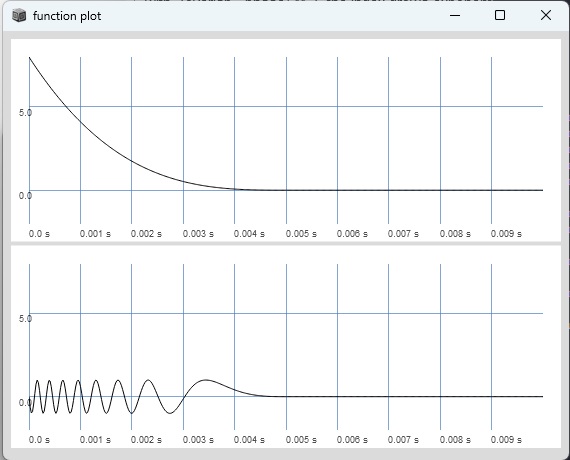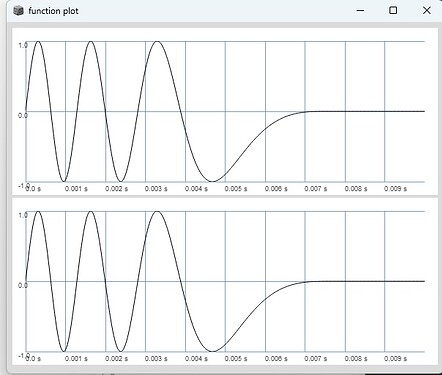The welch window created by EnvGen is actually a half-sine window:
if you take the derivative of the half sine window which is a half cosine window and add ((grainFreq / overlap) * SampleDur.ir) to fmod, PM and FM are pretty much identical:
(
{
var tFreq = 100;
var trig = Impulse.ar(tFreq);
var grainFreq = 400;
var overlap = \overlap.kr(3).clip(0, grainFreq / tFreq);
var phase = Sweep.ar(trig, grainFreq);
var windowPhase = phase / overlap;
var rectWindow = windowPhase < 1;
var fmod = cos(windowPhase * pi) + ((grainFreq / overlap) * SampleDur.ir);
var fm_phase = Sweep.ar(trig, grainFreq * (1 + (fmod * \index.kr(1))));
var pmod = sin(windowPhase * pi);
var pm_phase = phase + ((pmod * overlap) / pi);
var pm_sig = sin(pm_phase * 2pi);
var fm_sig = sin(fm_phase * 2pi);
[pm_sig * rectWindow, fm_sig * rectWindow];
}.plot(0.01);
)
(1 - phase) ** 3 is quite similiar for overlap == 1. If you increase overlap and exchange (1 - phase) ** 3 with (overlap - phase) ** 3 the index grows exponentially if you change overlap, with the half cosine window for FM or the half sine window for PM the index grows linearly when you change overlap.
(
{
var tFreq = 100;
var trig = Impulse.ar(tFreq);
var grainFreq = 400;
var phase = Sweep.ar(trig, grainFreq);
var overlap = \overlap.kr(2).clip(0, grainFreq / tFreq);
var windowPhase = phase / overlap;
var rectWindow = windowPhase < 1;
var pulsaretPhase = (overlap - phase) ** 3;
var sig = sin(pulsaretPhase * 2pi);
[pulsaretPhase * rectWindow, sig * rectWindow];
}.plot(0.01);
)

